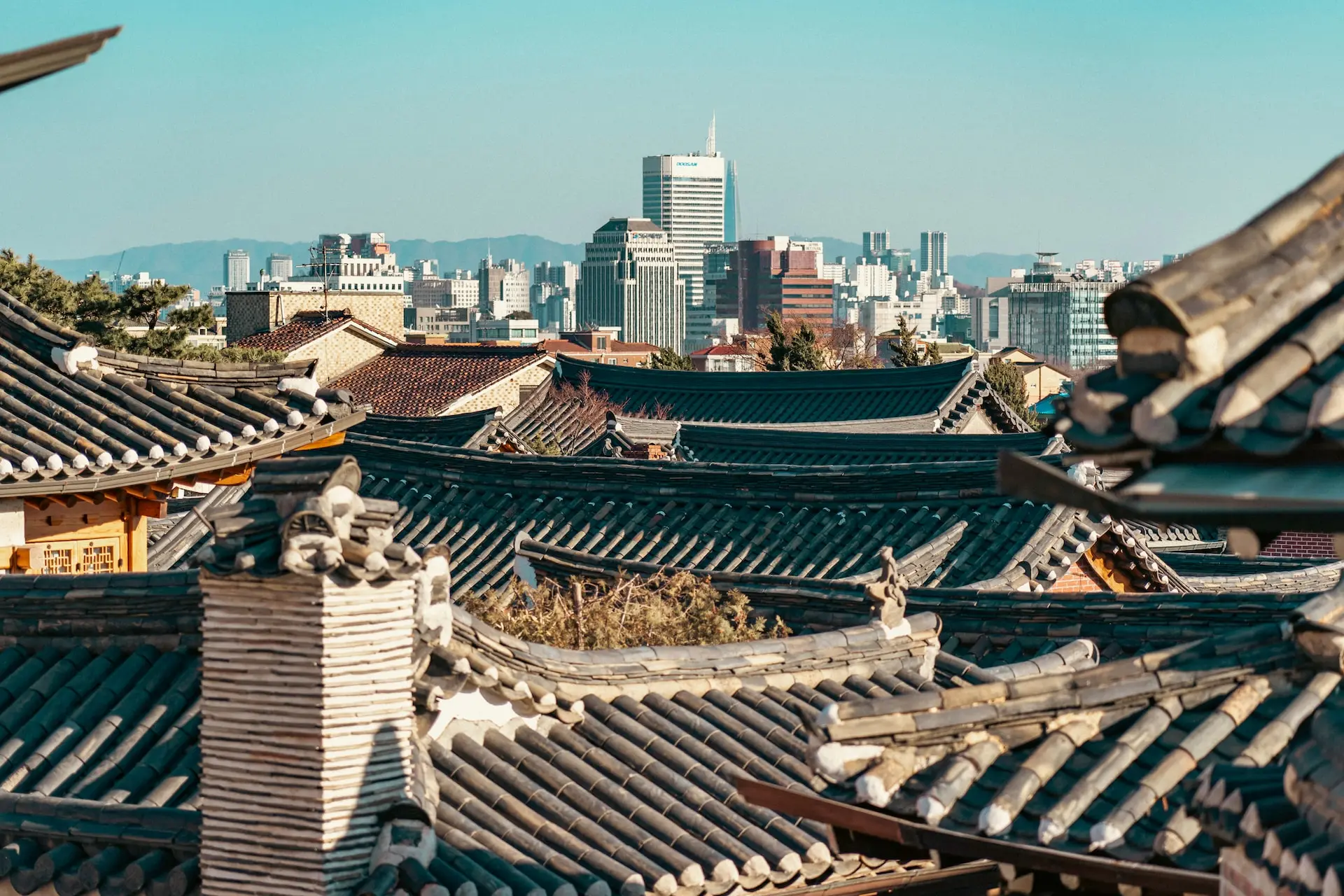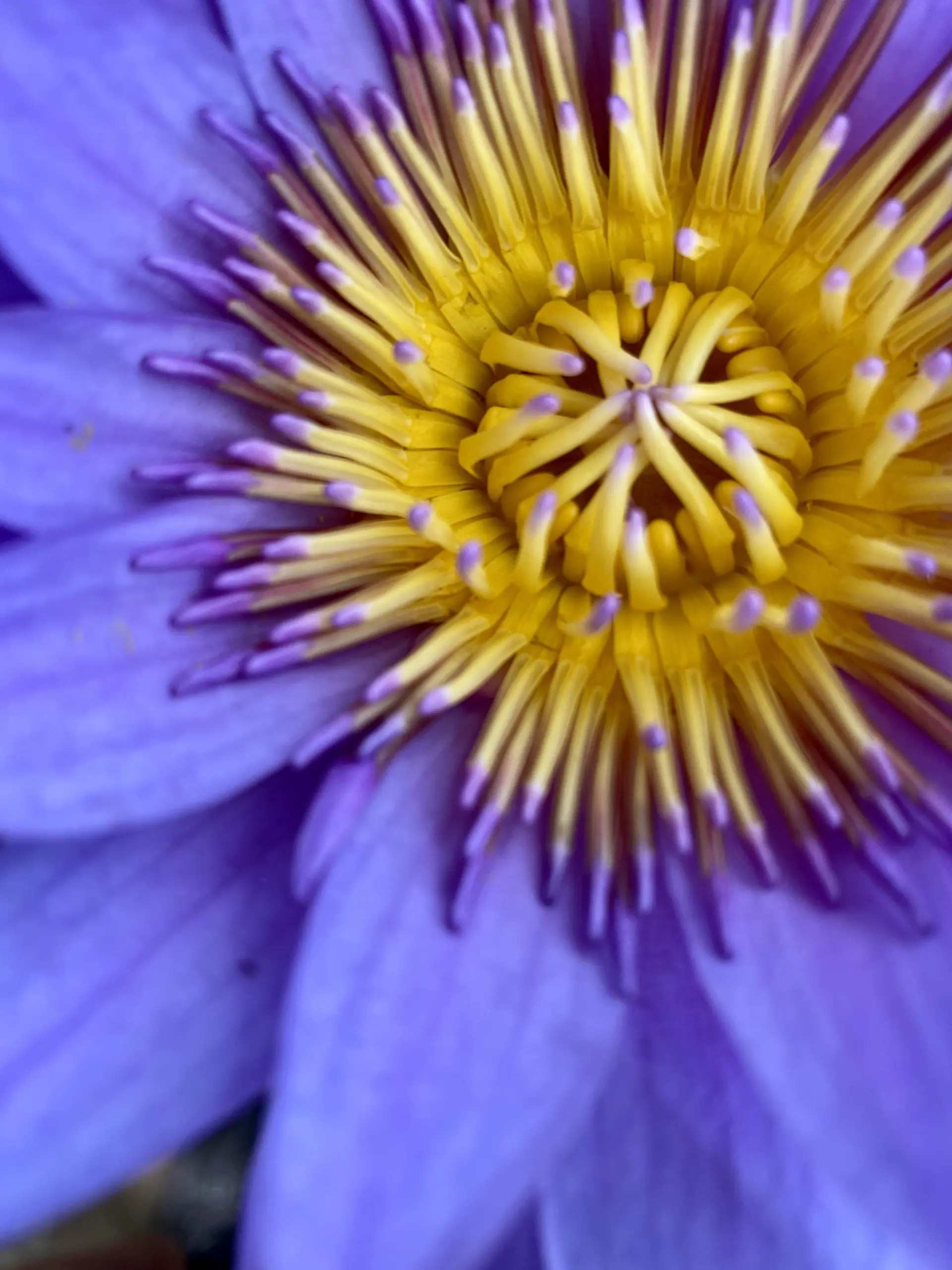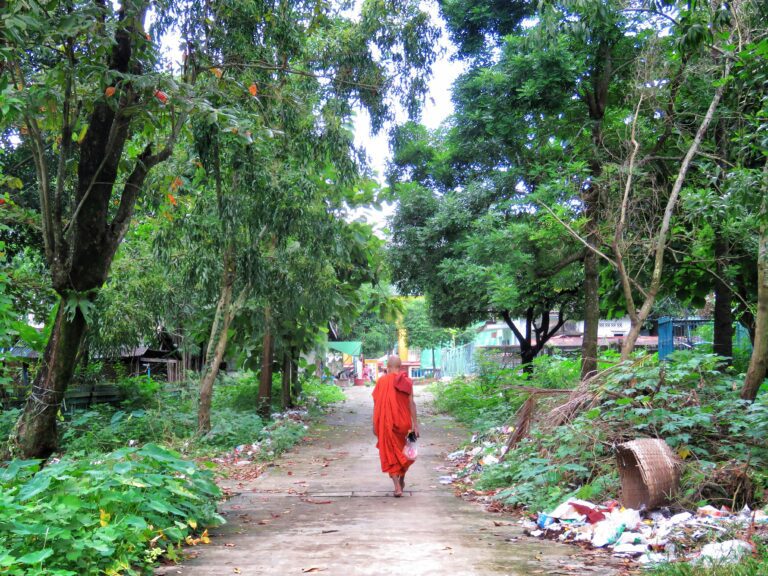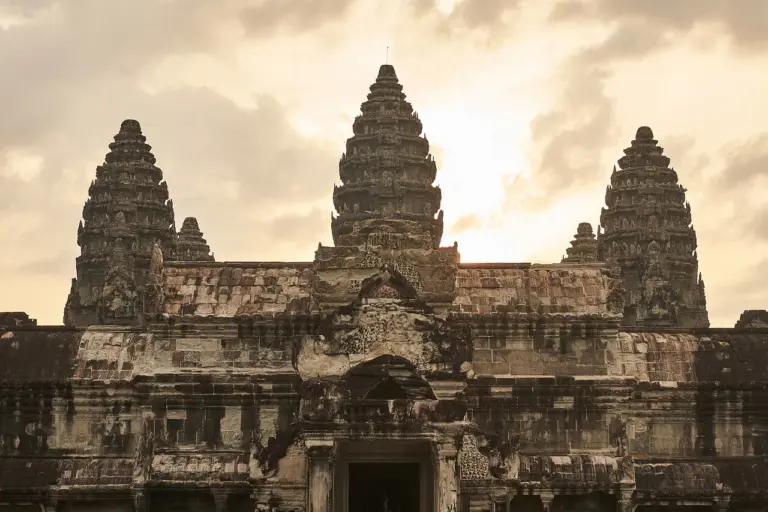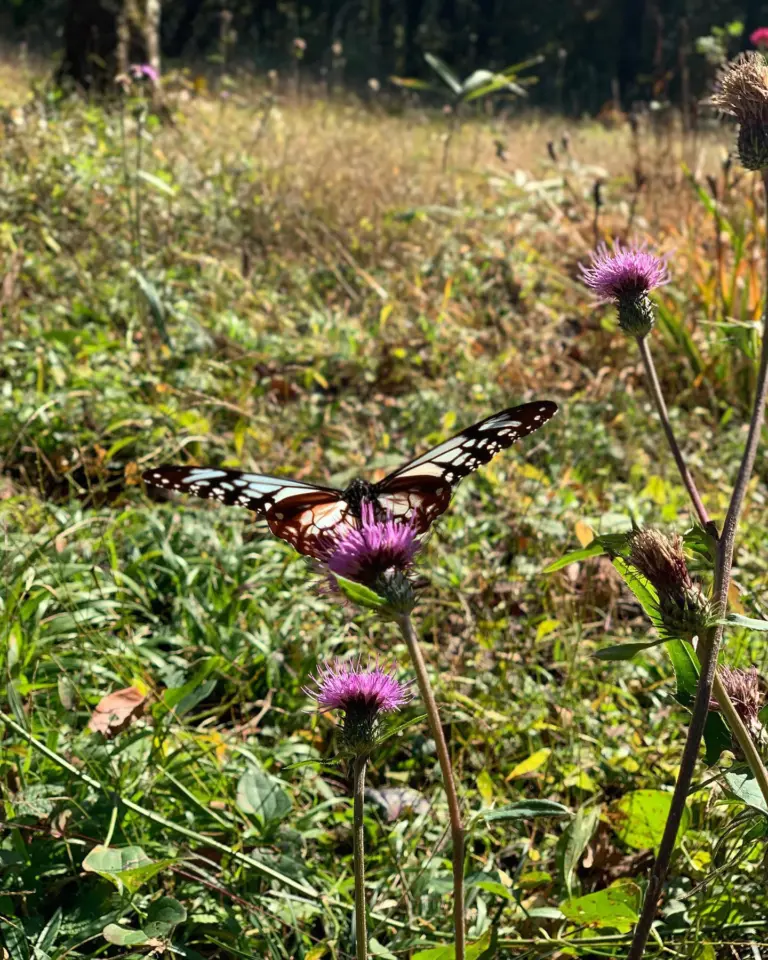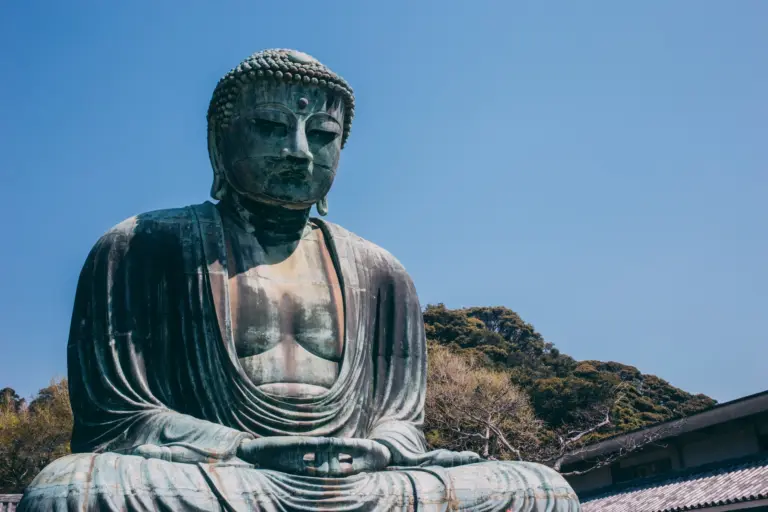Ever heard of the Hanyeo?
Plunging into the chilly waters off the coast of Jeju Island, they hold their breath almost effortlessly, diving deep, scouring the ocean floor for its treasures.
No fancy equipment, no protective suits, just sheer determination, skill, and a tradition passed down through generations.
This is the daily life of the Haenyeo, Jeju’s famed women divers.
The Haenyeo, or “sea women”, are a unique community on Jeju Island.
Guardians of a centuries-old tradition, ambassadors of a matriarchal society, and vital contributors to the island’s economy.
Their resilience and unparalleled skills have not only sustained entire communities but have undoubtedly also made them an integral part of South Korean culture.
Which is why Jeju has come to be known for three things: Wind, Stone, and Women.
Table of Contents
Toggle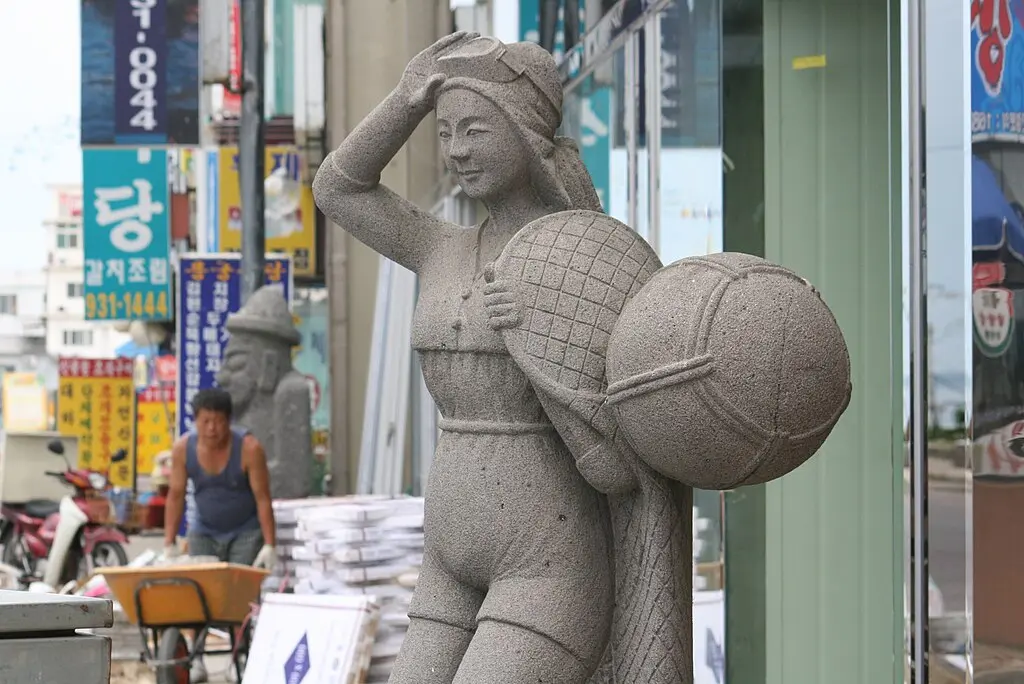
What is the History of the Haenyeo?
In Korea, like many other Asian societies, Confucianism played a dominant role in shaping social and familial structures. This philosophy emphasized the superiority of men over women, leading to a predominantly patriarchal society. Women’s roles were largely restricted to household chores and child-rearing.
Against this backdrop, the emergence and dominance of the Haenyeo is a compelling anomaly. The Haenyeo culture can be seen as a stark contrast to the mainland’s male-dominated societal norms. These women divers showed exceptional strength, resilience, and independence, diving deep into the ocean to harvest seafood and provide for their families.
Originally, both men and women dived into Jeju’s waters. They were known respectively as “pojak” for men and “jamnyeo” for women. However, over time, the number of male divers began to decrease. The exact reasons for this shift are not entirely clear, but several factors played a part.
One of the factors was the physiological differences between men and women, with women having a better tolerance for cold due to higher body fat percentages. Additionally, diving was perilous, and many men opted for other professions that were considered safer or more lucrative.
By the 18th century, the profession became almost exclusively female, with women shouldering the responsibility of providing for their families through their harvests from the sea.
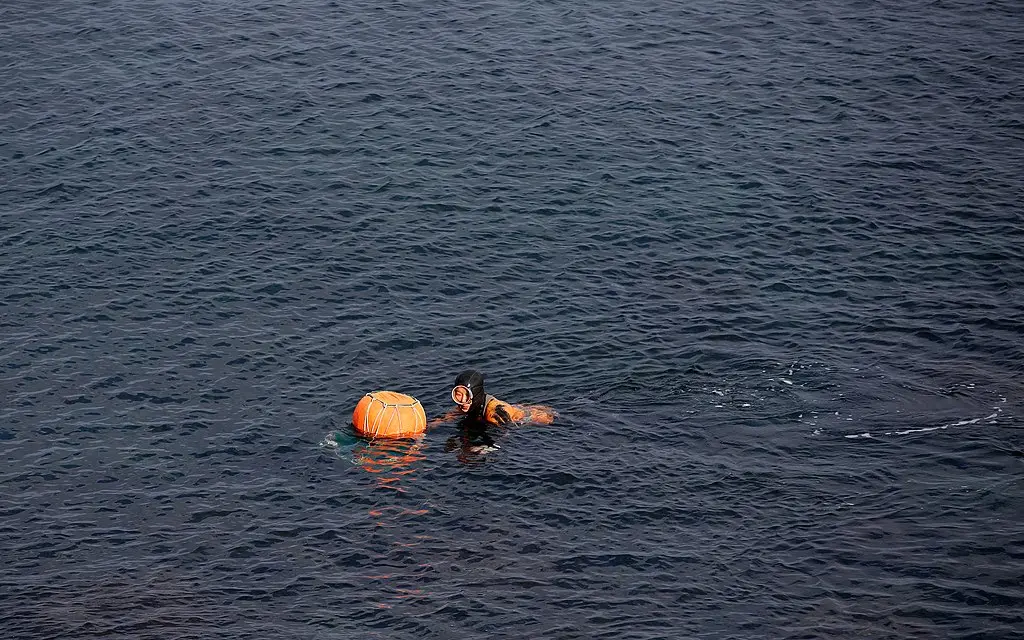
The Art of Muljil
Muljil is the traditional method employed by the Haenyeo when diving to harvest marine products. Without the aid of any modern diving equipment!
The importance of Muljil cannot be understated. It’s the lifeblood of the Haenyeo culture and the primary means by which these women have provided for their families and communities for centuries.
Every dive into the deep blue is a risk. Without modern diving equipment, Haenyeo rely on their knowledge of the sea, their skills, and their physical endurance. They have to be acutely aware of their surroundings, understanding ocean currents, potential threats from marine creatures, and changes in water conditions.
The Haenyeo can dive up to 10 m (32 ft) under the sea to gather shellfish, such as abalone or sea urchins for a living without the help of oxygen masks.
The depth and duration of each dive also pose significant challenges. As they go deeper, the pressure increases, and the available oxygen in their lungs depletes rapidly.
Despite their expertise, accidents happen. Strong currents can pull divers away, equipment can fail, and unforeseen marine threats can pose danger.
For the Haenyeo, each dive is a dance with life and death, showcasing their bravery and commitment to their craft.
The Haenyeo Routine
A Haenyeo’s daily routine is one of intense dedication. They dive for an average of seven hours each day, often in challenging and unpredictable ocean conditions. But their commitment doesn’t stop there. Typically, a Haenyeo would dive for around 90 days continuously, taking breaks only during certain seasons or during designated resting periods.
Throughout the year, regardless of the weather – be it the biting cold of winter or the scorching heat of summer – the Haenyeo are out at sea.
A Haenyeo can dive from sunrise until lunch gathering sea urchins, then spend the rest of the day prying them open. For the whole day’s work, she would typically make about 17,000 KRW, the equivalent of about 17 USD.
UNESCO Recognition
In 2016, the unique practices of the Haenyeo were recognized on the global stage when they were inscribed into the UNESCO List of Intangible Cultural Heritage.
The recognition by UNESCO did more than just shine a spotlight on the Haenyeo; it also highlighted the role of women as primary providers and environmental stewards in a traditionally male-centric Confucian society.
The Haenyeo are one of the best representations of the power and capability of women, challenging traditional gender roles.
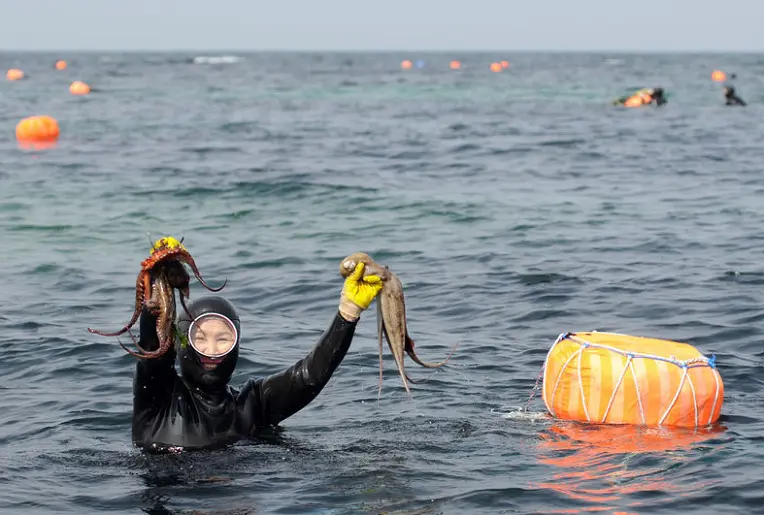
The Hanyeo and Sustainable Fishing
Central to the Haenyeo’s way of life is a deep respect for the ocean and its resources. Over centuries, they’ve developed sustainable fishing practices, ensuring they only take what they need and allowing marine species adequate time to reproduce and thrive.
Their methods are based on keen observations of marine life cycles, tidal patterns, and seasonal changes.
For instance, the Haenyeo have designated resting periods, which are not just for their recuperation, but also to give the marine ecosystem a break.
Despite their primary role as harvesters, the Haenyeo have always shown an innate respect for the marine ecosystems they rely on.
They follow a set of unwritten rules: only taking what’s needed, ensuring the younger marine life is left untouched for future generations, and maintaining a rotating diving schedule, giving different areas of the seabed ample time to recover.
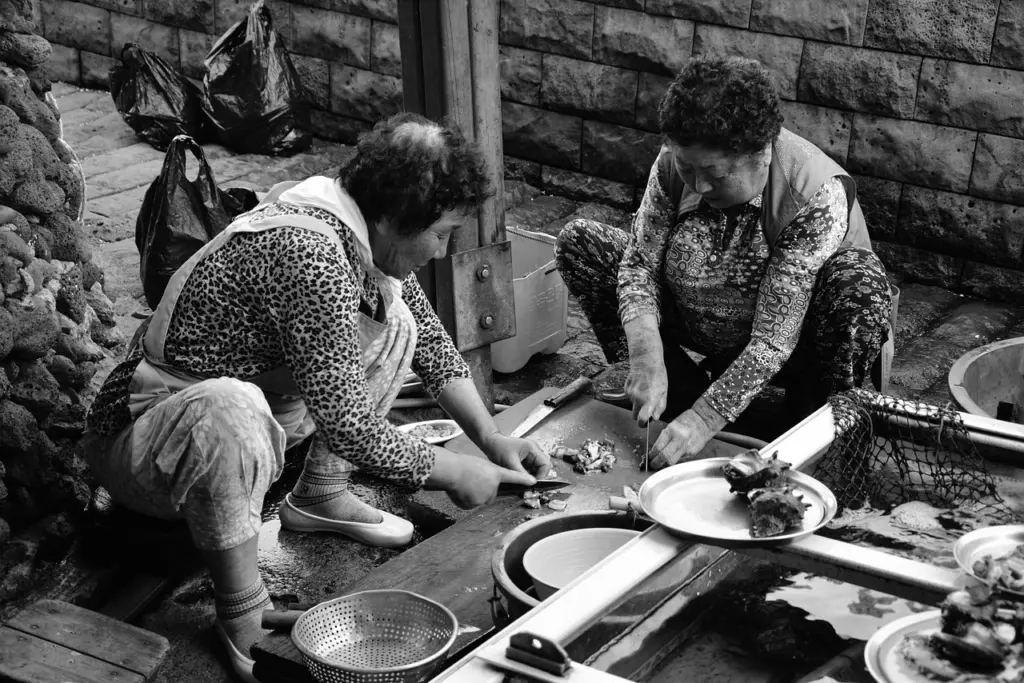
The Bulteok: A Haenyeo's Haven
A Bulteok is a semi-underground structure, primarily built with volcanic stones, found on the shores close to diving spots. Initially, its primary purpose was to provide a sheltered space for the Haenyeo to rest between their dives, away from the harsh weather conditions—whether it be the scorching sun or freezing winds.
Over time, Bulteok evolved from just a resting place to a communal gathering spot for the Haenyeo. It is a space where stories, experiences, and wisdom are shared among the divers.
The Haenyeo, after returning from their dives, gather in the Bulteok to sort and process their catch. This collective work not only divides the labor but serves as a space where bonds are fortified. Through shared stories, laughter, and sometimes songs, a sense of camaraderie is nurtured among the divers.
The Bulteok is also a place of learning. Novice divers listen intently to the tales of the experienced, absorbing invaluable lessons about diving spots, tides, and potential dangers.
The Haenyeo’s profession is fraught with danger. The sea is unpredictable, and every dive carries inherent risks. In the Bulteok, the Haenyeo find strength in each other’s company, providing emotional and psychological support.
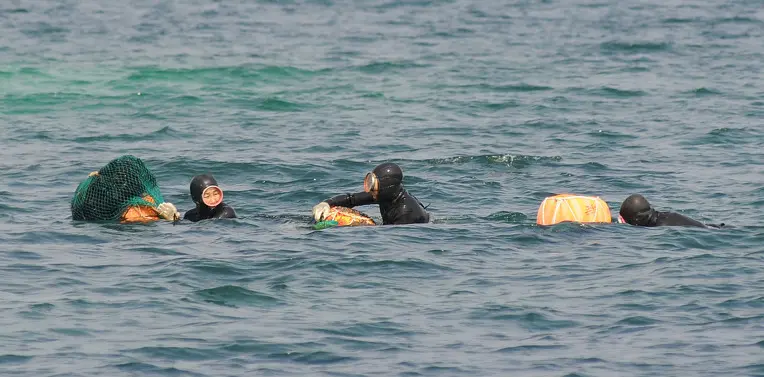
What are the Levels of the Haenyeo?
The Haenyeo society is structured around a distinct hierarchy that is primarily based on skill and experience. New divers, or “Sang-gun,” start at the lowest rank.
With accumulated diving experience, they can ascend to “Jung-gun” and “Ha-gun”, eventually, the elite rank of “Dae-sanggun.”
Haenyeo with special wisdom and virtue are called “Dae-sanggun”, who lead the community for their safety and harmony.
This hierarchy establishes a clear mentorship pathway and ensures that roles and responsibilities during dives are clearly defined. For instance, while Ha-gun divers might venture deeper, Sang-gun divers, due to their relative inexperience, are restricted to shallower waters.
The Haenyeo don’t just dive individually. They work in groups, emphasizing the value of community and collective efforts. This community spirit is further accentuated through the mentor-apprentice relationships that form between experienced divers and novices.
Young divers learn not just the techniques of diving, but also the ethos, values, and nuances of the Haenyeo culture from their seasoned mentors.
The community also serves as a support system. Given the dangers associated with their profession, having close-knit ties ensures that the Haenyeo look out for one another during dives. Afterall, more than the food, ensuring every diver returns safely is the most important thing.

Tools of the Trade
Diving deep into the icy waters, the Haenyeo rely on a set of specialized tools and attire, which have seen a transition from traditional methods to the integration of modern technology. These tools not only facilitate their diving activities but are deeply ingrained in their culture, symbolizing the spirit of their trade.
- Mulsojungi: Historically, the Haenyeo dived wearing white cotton suits, known as “mulsojungi”. Allowing them to blend with the foam of the waves, ensuring modesty, and perhaps even acting as a camouflaging mechanism against potential predators. However, the cotton attire offered little protection against the cold, with Haenyeo often enduring frigid temperatures that would chill them to the bone. With advancements in technology, modern rubber wetsuits have become more accessible.
- Tewak: The tewak is essentially a floatation device, traditionally made from a hollowed gourd. It serves a dual purpose. First, it acts as a buoyancy aid, assisting the Haenyeo in floating after a deep dive. Second, it is attached to a netted bag where the Haenyeo store their catch, ensuring it floats alongside them while they continue diving.
- Bitchang: This is a hand-held tool, similar to a small pickaxe. The Haenyeo use the bitchang to pry abalones, sea urchins, and other shellfish from rocks. It’s a versatile tool that helps in both collection and protection against potential underwater threats.
- Kkakkuri: A crucial tool for the Haenyeo, the kkakkuri is a set of goggles for clearer underwater vision. Historically made from wood and fitted with glass lenses, it shields the eyes from the saltwater, ensuring the Haenyeo can spot and collect marine products efficiently.
- Golgaengi: This is a type of basket that the Haenyeo attach to their waists or the tewak. It’s where they store their harvested marine products during their dives.
- Sumbisori: One of the most distinctive sounds associated with the Haenyeo is the “Sumbisori” – their unique breathing technique. This whistle-like sound is made when the Haenyeo exhale upon surfacing from a dive. The practice has been honed over generations, allowing them to maximize oxygen intake and expel carbon dioxide efficiently. This technique not only aids in their ability to stay submerged for longer (up to 3 minutes!)
Haenyeo and Spirituality
The Haenyeo’s relationship with the sea is profoundly spiritual.
Central to the Haenyeo’s spirituality is their reverence for the sea gods. For the Haenyeo, the sea is a sacred realm, home to powerful entities that can either bestow blessings or mete out challenges.
To show respect and seek favor from these sea gods, the Haenyeo have established Haesindang altars across Jeju Island and other places they frequent. These altars are often adorned with stone statues, white flags, and other symbolic offerings.
Before embarking on their dives, it is common for the Haenyeo to make humble offerings at these altars. These offerings, which can range from fresh fruits to rice cakes and even soju, are tokens of gratitude and acts of propitiation. Through these offerings, the Haenyeo seek protection from the many perils of the sea and hope for a bountiful harvest.
Special ceremonies are also conducted at significant times of the year, like the beginning of a diving season, to pay homage to the sea gods and seek their blessings for the entire community. During these ceremonies, the Haenyeo come together, often singing traditional songs, sharing tales of the sea, and partaking in communal meals. It’s a beautiful fusion of faith, community, and tradition.
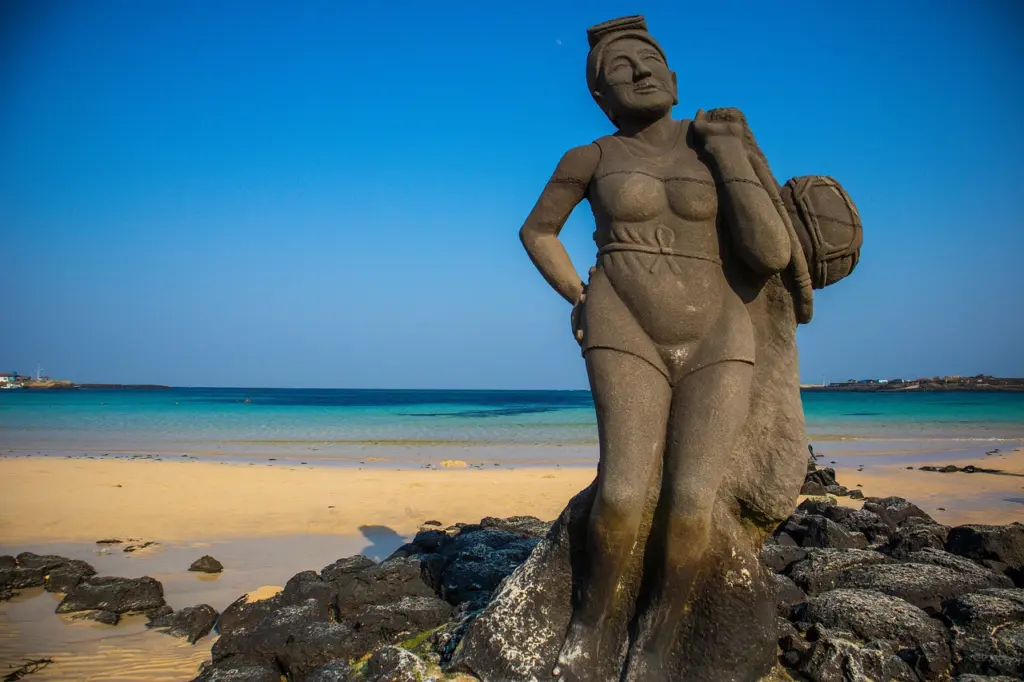
The Haenyeo Today
Despite the global recognition, the number of active Haenyeo has been declining, primarily due to socio-economic shifts and the challenges of the profession. Many younger generations opt for careers in urban areas, finding the Haenyeo life too demanding. With the average age of active Haenyeo now over 60, there’s genuine concern about the continuity of this cultural practice.
The rise of tourism has provided both challenges and opportunities. While tourism has brought much-needed economic benefits to Jeju Island and heightened interest in Haenyeo culture, it has also led to some Haenyeo shifting from diving to catering to tourists, selling souvenirs, or participating in cultural exhibitions.
The future of the Haenyeo culture hinges on finding a balance between preservation, adaptation, and the evolving aspirations of the younger generation.
Preservation Efforts
As the number of Haenyeo diminishes and their age increases, the importance of preservation efforts becomes even more pronounced. If you’re curious, here’s how the local government and other organizations are taking steps to protect and preserve the Haenyeo way of life:
- Medical Coverage: Recognizing the physical demands of the Haenyeo’s diving profession and the risks they undertake with every dive, the local government has stepped up to provide medical coverage for them. This initiative is aimed at ensuring that the Haenyeo have access to medical care without the burden of costs, allowing them to continue their practice with a safety net in place.
- Distribution of Diving Suits: In earlier times, the Haenyeo would dive wearing white cotton suits, which offered minimal protection against the cold waters. With modern advancements, however, there’s been a push to distribute better-equipped diving suits to the Haenyeo. These suits are designed to retain warmth, allowing the divers to stay underwater for longer periods without succumbing to hypothermia.
- Promotion of Haenyeo Culture: To maintain interest and awareness in the Haenyeo way of life, there have been efforts to promote their culture both locally and internationally. Museums, cultural events, and exhibitions focusing on the Haenyeo have been set up. Definitely check out the Jeju Hanyeo Museum, if you’re interested about the culture.
- Training Programs: To ensure that the knowledge and skills of the Haenyeo don’t fade away, training programs have been instituted for younger generations such as that of the Jeju Haenyeo School. These programs aim to teach the art of diving, the importance of sustainable fishing, and the cultural significance of the Haenyeo.
While the Jeju Government has tried to keep this culture alive through the methods listed, it doesn’t seem like it will be enough to keep the tradition going. In 50 years, the number of haenyeo dropped from over 23,000 divers to around 2000 today.
Plan Your Trip to Jeju Island | Best Travel Resources
Book Your Accommodations
- Booking.com – the world’s leading online booking platform for accomodations around the world, they have an extensive amount of available listings with zero booking fees and best price guarantees.
- Hostelworld – a backpacker’s best friend, Hostelworld has the largest collection of hostels and guesthouses for affordable prices.
Don’t Forget Insurance
- SafetyWing – from Nomad Insurance, an insurance by nomads for nomads. They understand our lifestyle well and have really comprehensive and flexible plans that cater to any traveler.
Find Cheap Flights
- Kiwi.com – my go-to for booking and finding the cheapest flights and it’s helped me save tons of money. They do virtual interlining which is connecting flights from airlines that do not codeshare, so you can find routes that you wouldn’t be able to find normally.
Join Tours & Activities
- GetYourGuide – is one of the best places to find unique tours and activities. I found that it’s an excellent way to meet fellow travelers and create fond memories. They are not only limited to tours as they also offer niche services such as skip-the-line tickets or private transfers.
Catch a Ride
- Rentalcars.com – nothing beats the freedom of the road, Rentalcars.com is the world’s largest online car rental service. They operate across 160 countries so they’re the perfect partner to work with if you find yourself wanting a ride.


